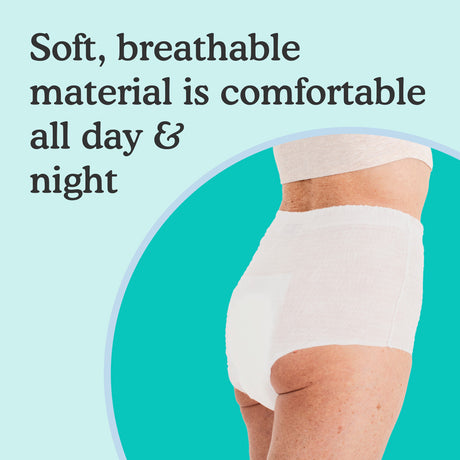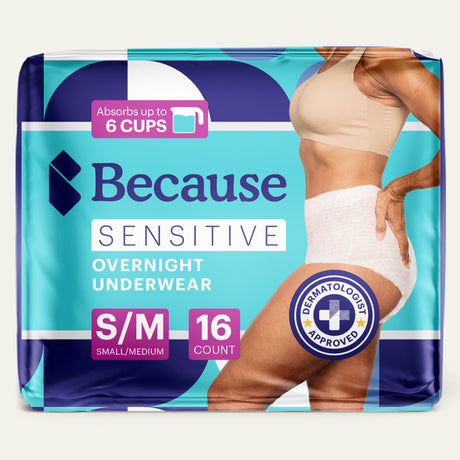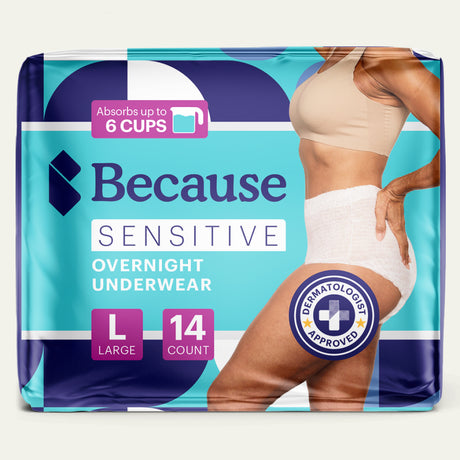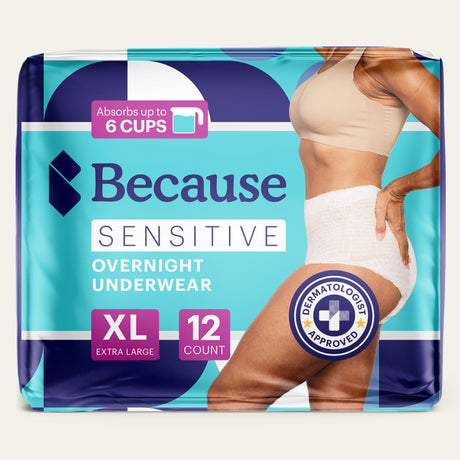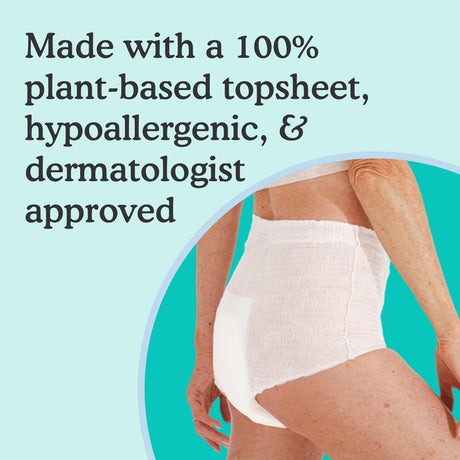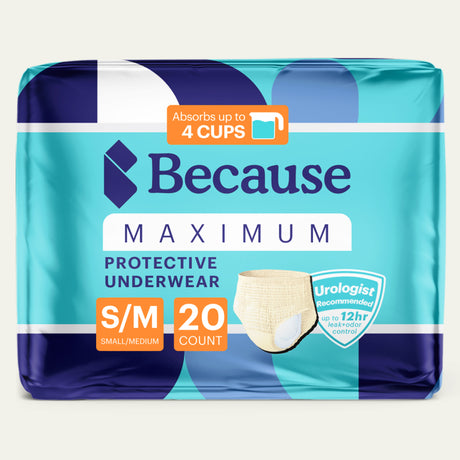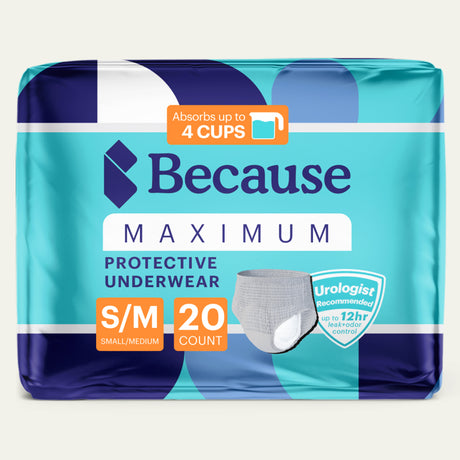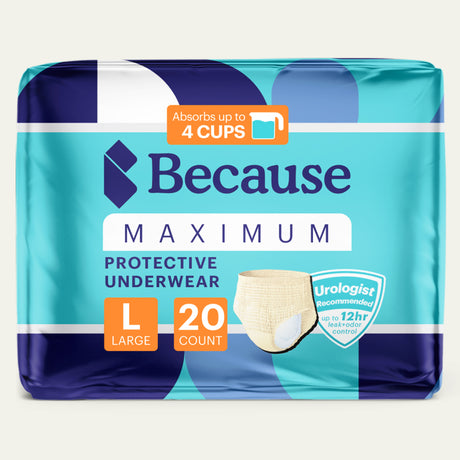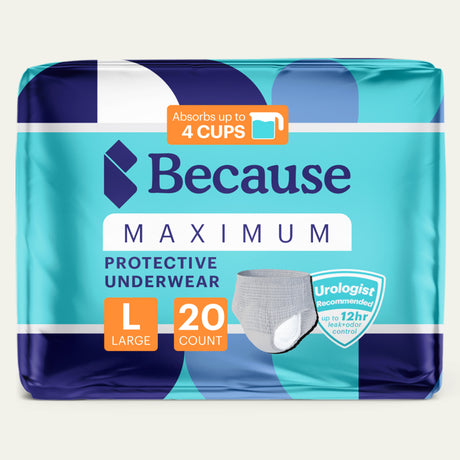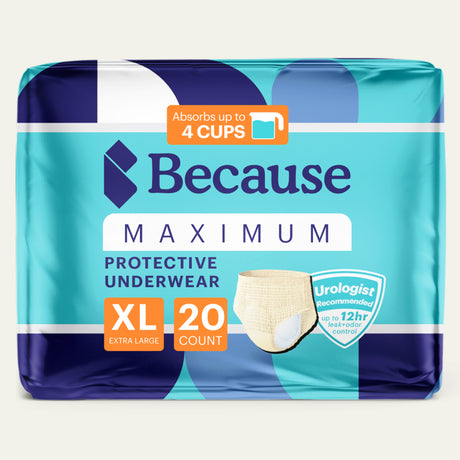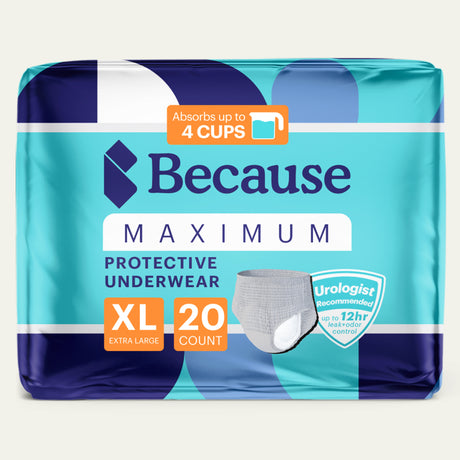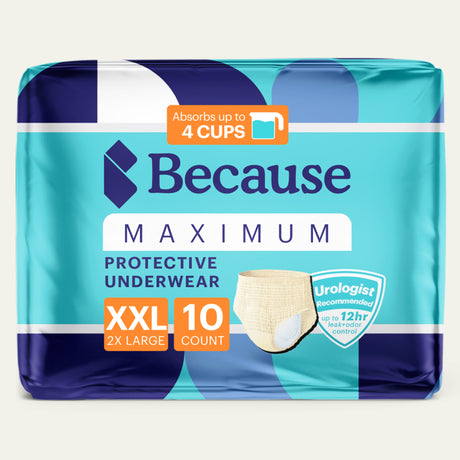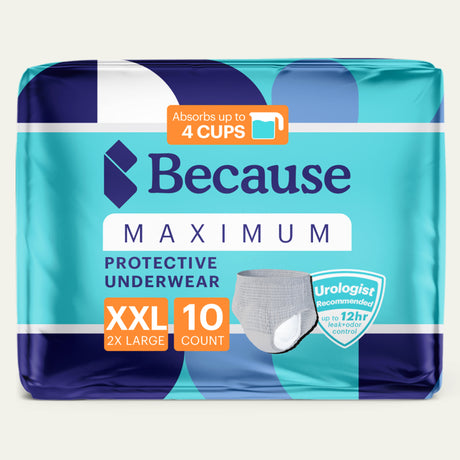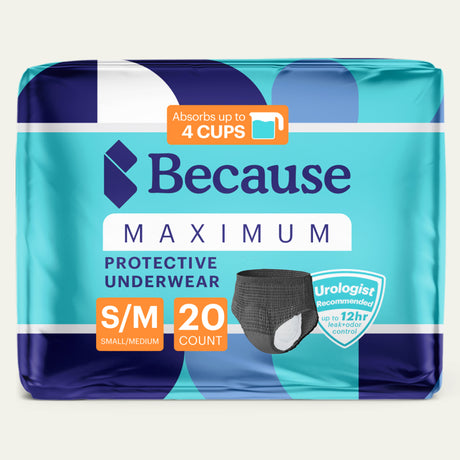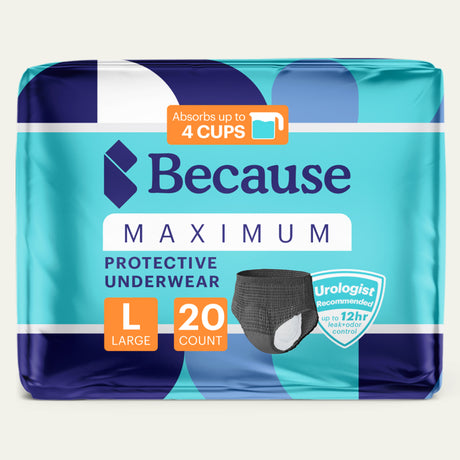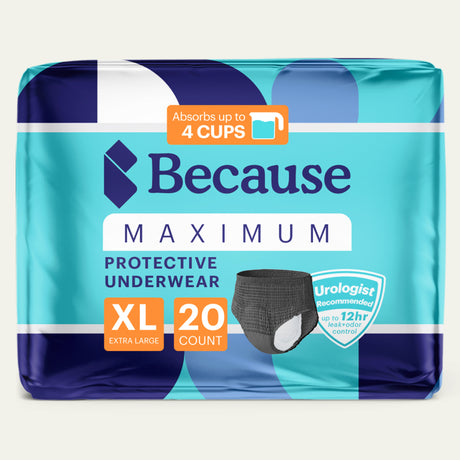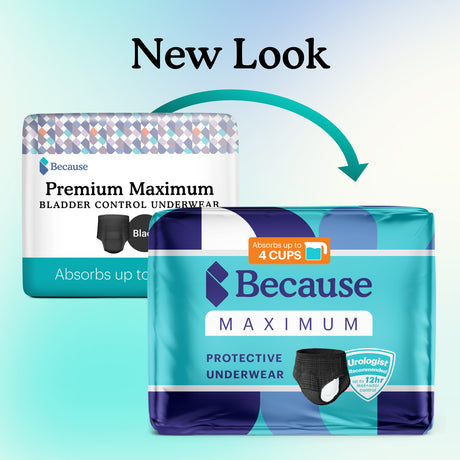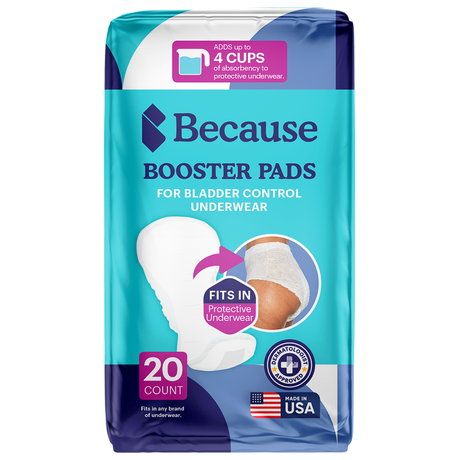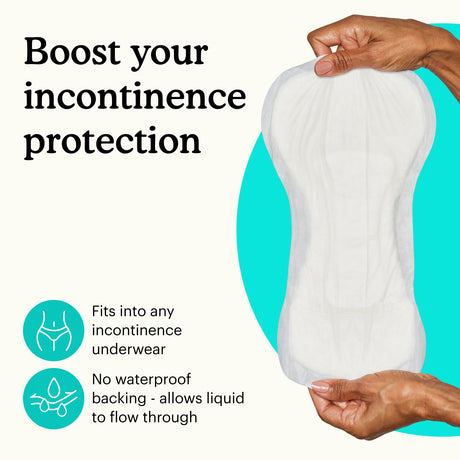Urinary incontinence can reduce quality of life and make it difficult for older adults to enjoy outings and travel. Fortunately, there are treatments available that can reduce symptoms for men and women who experience problems like urine leaks and accidents. Botox injections are one option used to treat more than 245,000 people with various types of incontinence. In this post, we explore the use of Botox for urinary incontinence to help you decide whether to discuss it with your physician as you explore treatment options.
Can Botox Help Incontinence?
Whether Botox can ease incontinence depends on your type of incontinence. For adult patients who meet the criteria for the injections, Botox may be beneficial. However, Botox injections don't work for everyone and can cause serious side effects in some people. It’s important to weigh the benefits and drawbacks of treatment with a knowledgeable healthcare professional, such as your primary care provider or urologist.
What Is Incontinence Botox?
Incontinence Botox® is a type of injection administered into the bladder. The medication is a form of botulinum toxin, which comes from the microbe that causes the infection called botulism. When administered as an injection, the toxin reduces muscle activity.

Many people associate Botox injection treatment with cosmetic uses, such as reducing forehead wrinkles and smoothing lines around the mouth and on other parts of the face. Although the drug was first used for cosmetic purposes, it’s now a treatment for many conditions, such as lazy eye, excessive sweating, and neck spasms.
Botox® was the first FDA-approved botulinum toxin product to hit the market. Today, other injectable medications have similar methods of action. These drugs may also be used to treat OAB and urge incontinence in some people. They include:
- AbobotulinumtoxinA (Dysport®)
- RimabotulinumtoxinB (Myobloc®)
- IncobotulinumtoxinA (Xeomin®)
How Does Botox Work for Incontinence?
Botox reduces muscle contractions. When the bladder is the injection site, botulinum toxin lowers muscle spasms and movements. As a result, the injections may lead to a reduction in the urgent feeling of having to urinate and, in turn, make leaks and accidents less likely to occur.
What Types of Incontinence Can Botox Treat?
Botox may or may not be a successful treatment option depending on the form of incontinence you have. Botox can help treat the following types of incontinence:
Overactive Bladder
The U.S. Food and Drug Administration (FDA) first approved bladder Botox treatments for overactive bladder symptoms. Overactive bladder, or OAB, is most common in men and women over 50. It occurs when bladder muscles contract even when there is a low volume of urine present inside of it. This leads to feelings of urinary urgency and frequent trips to the bathroom. OAB can occur due to various conditions, including multiple sclerosis (MS), diabetes mellitus, chronic urinary tract infections, and hormonal changes related to menopause.
Urge Incontinence
After Botox proved beneficial in treating urinary incontinence, its FDA approval expanded, allowing the injections to be used for urge incontinence. This type of incontinence happens when you suddenly develop an urge to urinate that is so strong you may not have time to make it to the bathroom. Common causes of urge incontinence include nerve and spinal cord injury, bladder inflammation, nerve problems due to MS or a stroke, and bladder stones. In males, an enlarged prostate can also contribute to urge incontinence.
Neurogenic Bladder
Botox injections are also used to treat overactive neurogenic bladder — a type of urinary incontinence caused by a neurologic disease or injury. People who have previously suffered a stroke or have neurological conditions like Parkinson’s disease or MS may develop neurogenic incontinence. For these individuals, the detrusor muscle of the bladder contracts too frequently or spasms uncontrollably. The detrusor overactivity can lead to a loss of bladder control.
Can Botox Treat Stress Incontinence?
Stress incontinence occurs when the pelvic floor muscles that support the bladder weaken. A weakened bladder allows urine to escape when you cough, laugh, sneeze, or engage in intense physical activity. Unfortunately, Botox is not a treatment for stress incontinence. Instead, doctors typically recommend bladder control exercises to strengthen the muscles and carefully monitor hydration levels. Surgical procedures, bladder training therapy, and medical devices may be used to treat the condition if these self-care interventions don't produce results.
The Pros and Cons of Incontinence Botox
Weighing the pros and cons of incontinence Botox can help you determine if it's the right medical help for addressing symptoms like the unintentional loss of urine and the urgent need to urinate. Let's dive into the benefits and drawbacks you can discuss further with your healthcare provider.
Benefits of Botox for Incontinence
Some benefits of BOTOX bladder injection treatment include:
- Speed: Botox is usually administered on an outpatient basis in a doctor's office rather than in an operating room in a hospital. In most cases, the appointment takes less than an hour.
- Simplicity: Unlike oral drugs, Botox is a quick injection. You won't need to remember to take pills every day or to perform daily exercises for the injections to work.
- Effectiveness: Many people experience an improvement in symptoms following injections. Clinical trials indicate that Botox is 70 to 80% effective at reducing symptoms associated with urgency incontinence.
Drawbacks of Botox for Incontinence
Potential drawbacks to using Botox for treating ongoing bladder incontinence issues include:
- Less than 100% success rate: While Botox can make a positive impact on symptoms for many people, they may not completely eliminate symptoms of overactive bladder and urge incontinence for everyone who undergoes the treatment.
- Risk of side effects: Like all injectable and oral medications, Botox has the potential to cause side effects in some people. While most side effects are mild, there is a risk of severe complications from the medical procedure.
- Need for repeat treatments: If Botox leads to a significant improvement in bladder spasticity or incontinence, you'll need to get repeat injections to maintain the results. This could prove difficult for older patients with limited mobility or who rely on public transportation.
What Does the Incontinence Botox Procedure Entail?
When you arrive for your appointment, your healthcare provider will administer a local anesthetic — Lidocaine is the type of local anesthesia most often used. To administer it, the doctor will insert a catheter into your urethra. Normally, it takes 20 to 30 minutes for the lining of the bladder to become numb from the anesthesia.
Once the anesthesia is working, the doctor will insert a catheter-sized scope connected to a camera into your bladder. The scope allows the physician to locate the planned injection site. After the doctor locates the spot, they use a small needle to administer several injections. This part of the outpatient procedure usually takes only 5 minutes to complete.
Normally, you can return to your everyday activities on the same day as the medical procedure or on the day after. Your medical provider will provide specific instructions regarding when you can drive, return to work, and resume sexual intercourse.
The effect of botulinum toxin begins gradually. It may take a week or more to notice a reduction in symptoms.
How Long Does Botox Last for Urinary Incontinence?
In most cases, Botox injections for incontinence provide benefits for up to six months. This means you will likely need to get two injections each year.
Potential Risks and Side Effects
The most common side effect of Botox for incontinence is urinary retention, or the inability to empty your bladder. You will typically need to urinate before the physician allows you to go home. If you have problems urinating, the physician assistant or physician will typically insert a catheter to drain urine or show you how to catheterize yourself at home. Less than 10% of patients experience urinary retention.
Some other potential risks and side effects of Botox include:
- Allergic reaction, which may be severe in some cases
- Difficulty speaking or swallowing
- Widespread muscle weakness
- Vision problems like double vision
- Drooping eyelids
- Dizziness
The good news is that these side effects are rare.
Alternatives to Botox for Urinary Incontinence
Generally, doctors don't use Botox as a first-line treatment for incontinence. Typically, treatment begins with pelvic floor exercises and other interventions like biofeedback, which helps you learn to detect your body's physiological signs better and respond to them appropriately. Wearing incontinence pads or underwear can help protect you against leaks while you wait to see results from these early treatments.
If these interventions fail to produce results, doctors may prescribe oral medications that reduce muscle spasms or relax muscles like anticholinergics or mirabegron (Myrbetriq). Topical estrogen creams may also be prescribed for post-menopausal women experiencing incontinence.
Other therapies may be used for those who aren't good candidates for Botox, such as sacral nerve stimulation. During this procedure, a doctor inserts electrodes into the vagina or rectum and stimulates nerves to strengthen the muscles that support the bladder.
Does your loved one struggle with incontinence? Take our bladder protection quiz and get a free sample pack to try.
If you're struggling with incontinence, join one of our private support groups today!
Women's Incontinence Support Group
Men's Incontinence Support Group
Sources:
Denver Urology. (n.d.). Bladder Botox. https://www.denverurology.com/treatments/bladder-botox/
Cleveland Clinic. (n.d.). Incontinence: Botox Injections for Your Bladder. https://health.clevelandclinic.org/incontinence-botox-injections-for-your-bladder/






